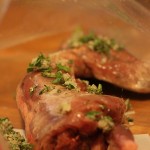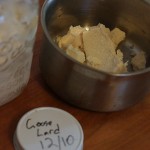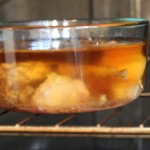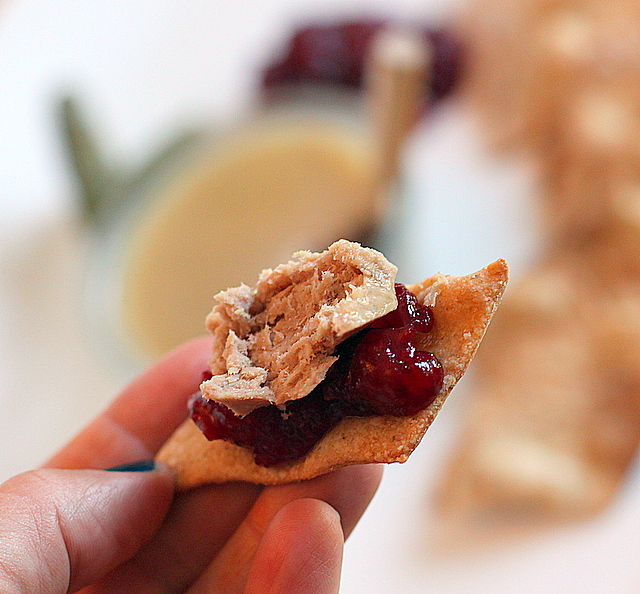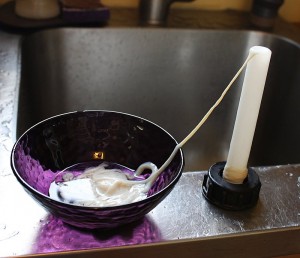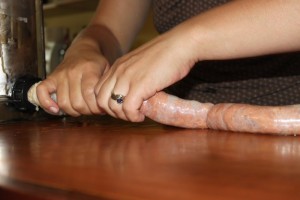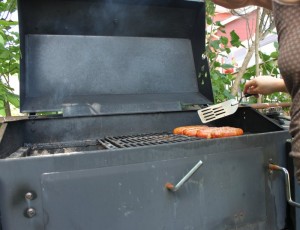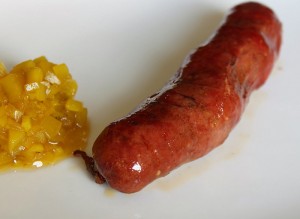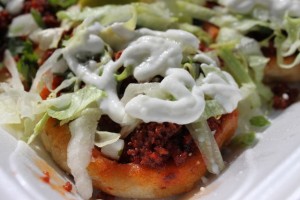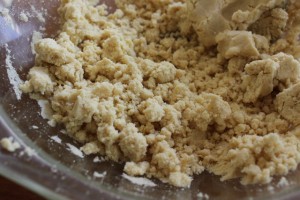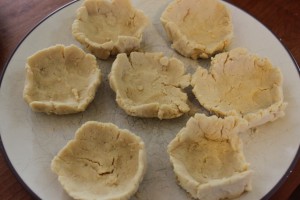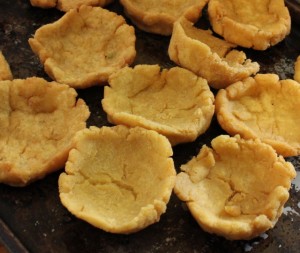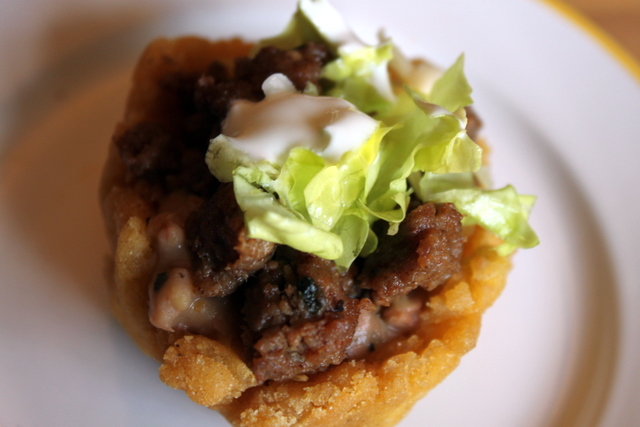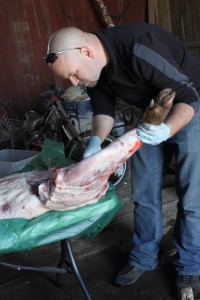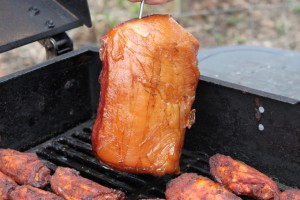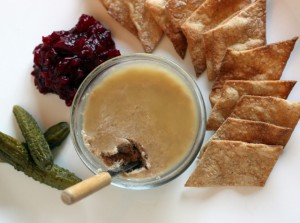 When you think of squirrel, what comes to mind?
Do you picture a cute fluffy tailed animal, some backyard wildlife? Or is your vision something more sinister? Are your squirrels tomato thieves, bird feeder destroyers, and dog taunters?
When you think of squirrel, what comes to mind?
Do you picture a cute fluffy tailed animal, some backyard wildlife? Or is your vision something more sinister? Are your squirrels tomato thieves, bird feeder destroyers, and dog taunters?
Is anyone thinking savory and delectable? I am.
About Squirrel Meat
While squirrels are ubiquitous in most American neighborhoods, they are almost never on the dinner table. Why? It has nothing to do with the outstanding dark meat, smooth textured, rich taste.
Squirrels are tiny animals when skinned, about 3/4 of a pound including bones. Though 'tree rats' are more numerous than HRC stickers in my liberal neighborhood, harvesting and processing enough to feed a crowd would be arduous.
Speaking of the bones, they are numerous. Wine braised squirrel is every bit as tasty as duck (I swear) but eating around the needle thin skeleton is a royal pain.
Then there's the concern about safety. Could something that runs around alleys, tree lines, and lawns be good to eat? I myself wouldn't touch the first few squirrel Alex made.
After a whole summer witnessing the beasts steal my garden produce and hang off bird feeders, it hit me: squirrels eat very well. They are not rats eating trash at all - they scavenge abundant wild nuts, seeds, and veggies. Most of what they eat is as untouched from chemicals as the pasture ranged meats I pay so much for at local markets.
Stretching
The October Charcutepalooza challenge was to make an appetizer of rillette, confit, gallentine or roulade, to stretch a single cut of meat into a dish that would feed many. I extended the stretching theme to include my food budget. What delicious small bite could I create without purchasing ingredients?
I immediately thought of squirrel because 1) we had one in the freezer and 2) making it into confit and then rillette would be the perfect way to enjoy the meat without the annoyance of the bones.
Alex flavored a backyard harvested squirrel overnight with garden herbs and garlic. Next, I put the squirrel in goose lard from last year's Xmas Eve roast with a few end bits of pork belly leftover from making bacon for a long warm bath. Alex picked the meat, pulsed it quickly in a food processor, and packed it into containers. He capped the rillette with excess goose fat.
To serve the rillette, I continued with the waste not, want not theme. I made homemade crackers with the amount of sourdough starter I would have discarded when feeding the fermented goodstuff this morning. Home grown, home canned cornichons and homemade cranberry sauce completed the platter.
Would you try a bite?


